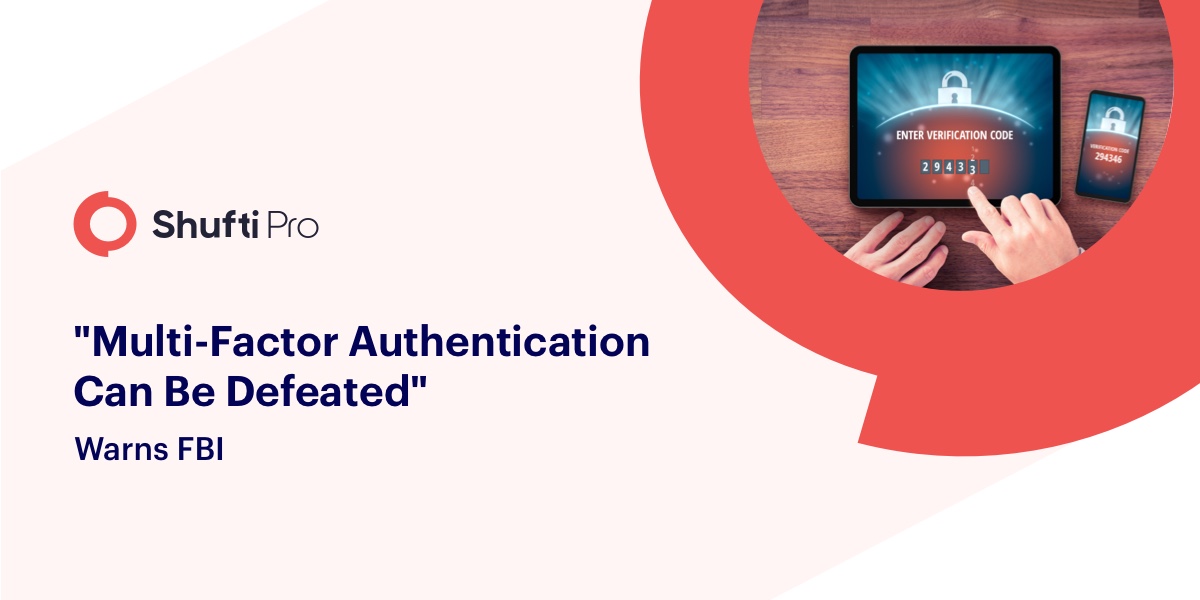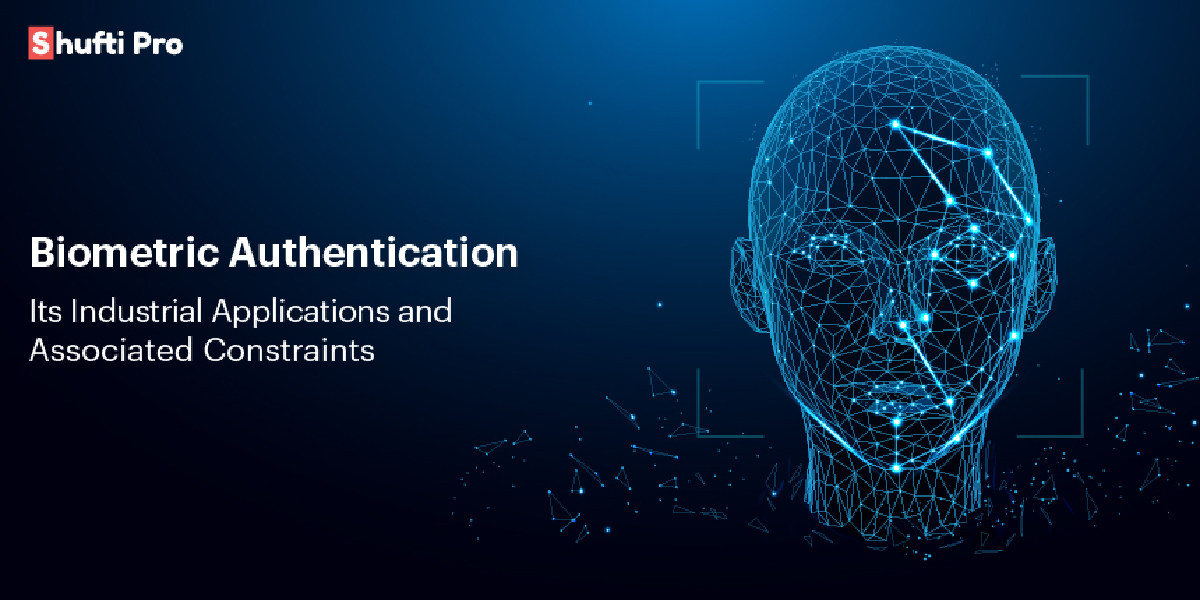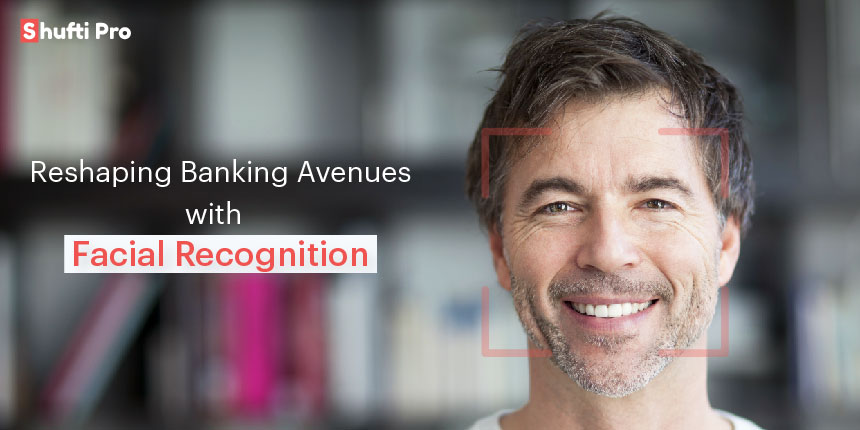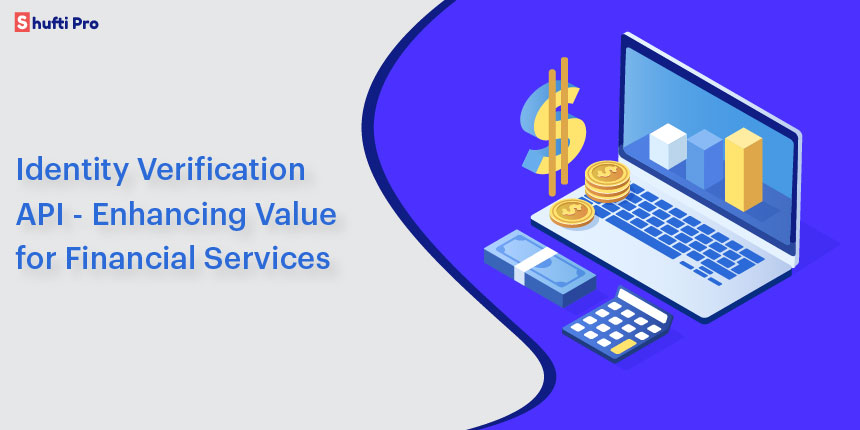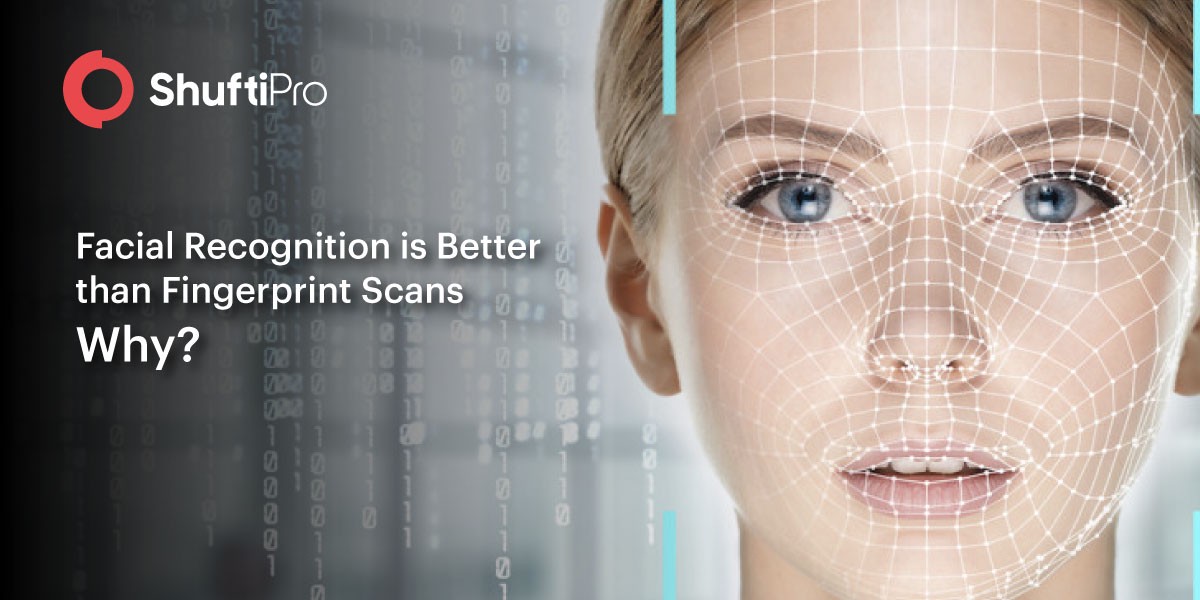Warning: You’re Losing Money by not Using Biometric Identification
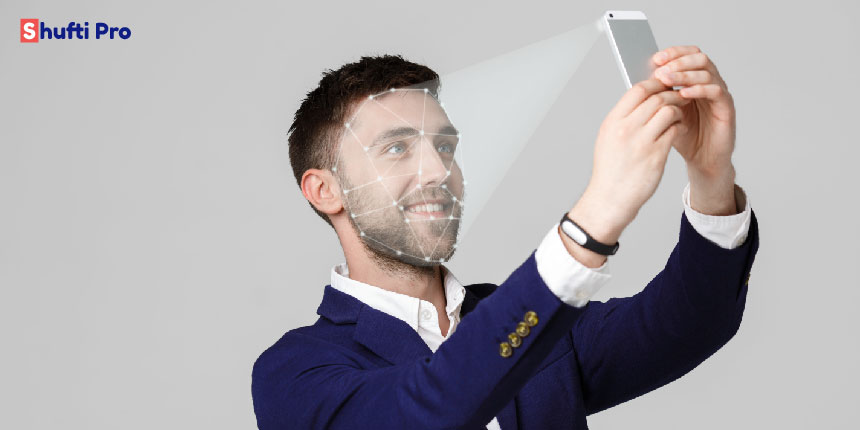
On the surface, Biometric Identification might seem as if it’s only useful for opening your bank account or when you cast vote at the polling station. The reality is that it can increase business profits and prevent fraud.
Install Biometric Clock to Save Time
Manually marking attendance is not only tedious but wastes time. And you cannot rule out errors. Install a biometric clock and it will take the burden off the supervisor. No need to manually check who is absent or who arrived late.
Profit and loss of a business are not only about the margin on the products sold. Managing human resources effectively is as crucial as selling a product for profit. The biometric clock also keeps a record of employees’ habits or biological traits.
This also ensures that no one is ‘buddy punching’. What this means is that employees share PINs or swipe cards and use it for their friend, who is spending time away from the office.
Stop Fraud from Within the Company
Marking attendance for someone else is not always voluntary. Factory unions and offices can have small groups that can put tremendous peer pressure on employees to clock in for someone else.
The company loses money by paying the wages for the day to a person that did not work. In certain cases, this apparently harmless act can turn ugly. What if the person absent at the office was involved in a crime but their register proves that they were at work?
Eliminate Loopholes
You can lose your swipe card or the PIN you wrote somewhere but you cannot lose your fingerprint. When a payment is processed through biometric-enabled POS systems, you can be certain that the person was present.
An employee could also be working for you remotely. Think about it. There are apps that give you access only after you identify yourself via a biometric. If you are the business owner managing a team of remote workers, you can make sure that your worker who is appearing online is genuinely present.
Beyond the Finger Print
Think Beyond simple fingerprint identification. Imagine banks opening up bank accounts for you when you don’t even have to visit the branch. This has been tried at a few locations using facial and identity verification. It proved convenient for customers and profitable for banks. They didn’t have to spend money on additional staff and paperwork.
A standard way to achieve this is to ask the potential customer to upload a government-issued ID to a secure online portal. Then biometric identification services match the picture on the ID with the person’s face. This entire process takes a few minutes.
You can open a bank account in minutes!
Facial verification systems are becoming smart. They are not fooled by someone holding up a picture. The algorithms search for 3D depth for liveness. Moreover, there are systems that ask the user to turn the face away or blink to verify the person.
Business, banks in general, are heavily invested in state of the art biometric verification of customers. Customer convenience aside, these are mandatory in many cases for know your customer and anti-money laundering compliance.




